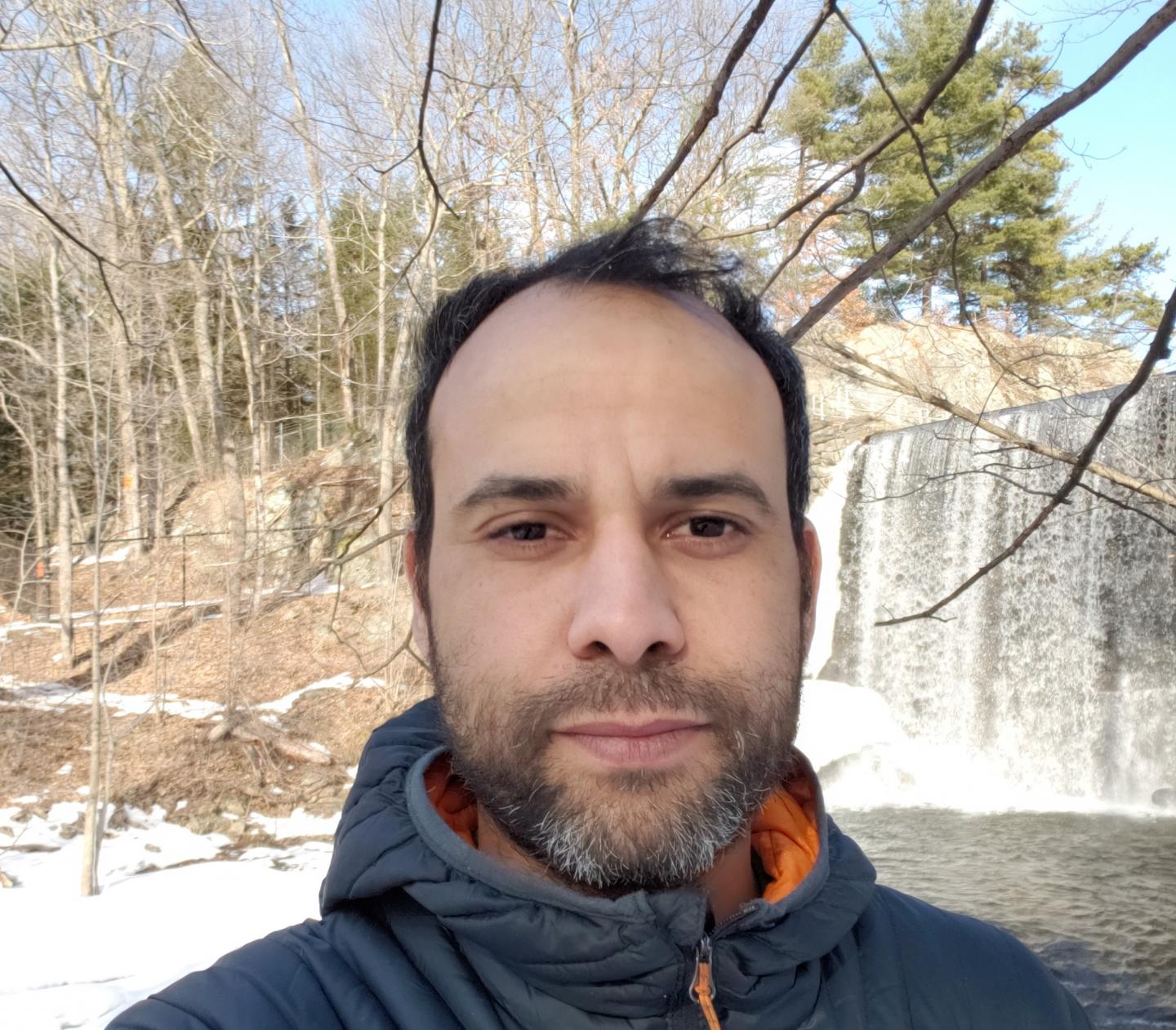Research by UMass Amherst epidemiologist focuses on possible health effects of synthetic compounds known as ‘forever chemicals’

Credit: UMass Amherst
A University of Massachusetts Amherst environmental epidemiologist studying the presence of PFAS compounds in new mothers and their babies found that women with gestational diabetes had a “significantly higher” rate of transferring the synthetic chemicals to their fetus.
The newly published study in Environment International is among the largest to date in terms of the number of per- and polyfluoroalkyl substances (PFASs) examined – 17. Those particular compounds are among the PFAS chemicals associated with growing health concerns, including cancer risk, hormone interference, immune system suppression and developmental disruptions in infants and children.
Since the 1950s, PFAS compounds have been used worldwide in common household and industry goods, including nonstick cookware, water- and stain-resistant materials and food packaging. These “forever chemicals,” so called because they do not break down in the environment, are also used in aqueous firefighting foams at military training sites and can infiltrate drinking water, which has become a major source of exposure in specific communities, including in Massachusetts.
“The contamination is all over the world,” says Youssef Oulhote, assistant professor of biostatistics and epidemiology at UMass Amherst and the study’s corresponding author. “We find them even in polar bears.”
Blood and umbilical cord samples from 151 mother-newborn pairs in the Faroe Islands were examined by Oulhote and public health colleagues at Sorbonne University in Paris, the University of Southern Denmark, the Faroese Hospital System and Harvard University, where Oulhote began his research into the health effects of chemicals.
The Faroe Islands are located off the coast of Northern Europe, halfway between Norway and Iceland. The local population, which traditionally eats a lot of whale, is genetically and socioeconomically homogeneous, minimizing “confounding factors” in the research. “Most importantly, they consume whale, which is high in the food chain, so it accumulates many of the contaminants,” Oulhote explains.
The study was the largest to date to model both the ratios of transplacental transfer and the patterns of transfer in the blood and plasma of multiple PFAS with different physical and chemical properties and different maternal and newborn characteristics.
While previous research has shown that PFAS compounds cross the placental barrier and reach the fetus, this study was the first to note the effects of gestational diabetes. “It’s one of the most consistent results we got,” Oulhote says. “There was up to a 50 percent greater transfer on average” in mothers with gestational diabetes. “We hypothesized that diabetes mellitus alters the kinetic disposition and metabolism of these chemicals. We know this has been shown to happen with some drugs and some nutrients in previous studies.”
The researchers found that the transfer ratio depended on the physical and chemical structure of the compounds. Some PFAS compounds have been phased out since 2002 due to concerns about their toxicity. Newer PFAS compounds have shorter carbon chains and are assumed to be less toxic and accumulate less.
###
Media Contact
Patty Shillington
[email protected]
Related Journal Article
http://dx.




